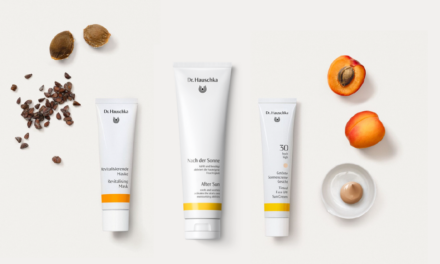With booming interest in dermal fillers for minimally invasive treatment of facial lines and wrinkles, plastic surgeons are looking for evidence to help them choose the product that will give the best results for their patients. A new, validated method for providing standard ratings of cohesivity for currently available hyaluronic acid (HA) gel fillers is reported in the October issue of Plastic and Reconstructive Surgery®, the official medical journal of the American Society of Plastic Surgeons (ASPS).
The pilot study was conducted by Dr. Hema Sundaram, a dermatologist in Rockville, MD; Samuel Gavard Molliard, a scientist in Geneva, Switzerland; and colleagues. Ratings of cohesivity and other biophysical properties are important not for identifying the single ‘best’ filler, but rather for choosing the product best suited to each procedure being performed.
Data on cohesivity to guide filler choice
Injection of dermal fillers is rapidly increasing in popularity. Fillers are used to reduce facial lines and wrinkles, restore volume, and fullness and a youthful shape to the face. According to ASPS statistics, dermal filler injection is one of the most common minimally invasive cosmetic procedures, with 2.3 million procedures performed in 2014. In the US alone, the value of the filler market is more than $1 billion, based on statistics from the Cosmetic Surgery National Data Bank and other market research.
Hyaluronic acid dermal fillers are most commonly used because they are natural, gel-based products that are highly compatible with the body. A wide range of HA fillers are available, and plastic surgeons try to match their individual properties to the purposes for which they will be used. But there’s a lack of scientific data to support this matching process, including the rheologic (flow-related) properties of the various available products.
One key property is cohesivity, defined as the capacity of a material not to dissociate — in other words, how well it ‘sticks together.’
The researchers developed a standard test for comparing the cohesivity of HA dermal fillers. Samples of each filler gel were dyed, then squeezed into water and stirred using automated technology. A panel of plastic surgeon and dermatologist specialists experienced in using HA fillers then rated each sample’s cohesivity on an original five-point scale, known as the Gavard-Sundaram scale.
On testing of six FDA-approved fillers, cohesivity scores varied across the full range of the scale: from ‘fully dispersed’ to ‘fully cohesive’. Cohesivity was rated high for one product, medium to high for three, low to medium for one, and low for one.
But that doesn’t mean that products with higher cohesivity scores are always the best. Rather, the goal of the ranking system is to ‘provide a scientific rationale for the intuitive selection of different products for specific clinical objectives.’ In other words, to help plastic surgeons choose the filler with properties that are most suited to the precise purpose for which it is being used.
For example, fillers with higher cohesivity may be a better choice for more superficial placement, or placement in mobile areas such as around the mouth or eyes. Products with lower cohesivity may be effective for use as ‘deep volumizers’, according to Dr. Sundaram and coauthors.
The researchers believe that having comparative data on cohesivity, as well as other rheologic properties, such as elasticity and viscosity, is an advance that can make dermal filler procedures more sophisticated and successful. This information will be increasingly useful as new FDA approvals increase the availability and variety of filler products.





